The 1970s was the golden age of police dramas, when gritty realism replaced the squeaky-clean law enforcement portrayals of previous decades. These shows introduced us to flawed heroes who bent the rules for justice, partners who would take a bullet for each other, and teams that functioned like dysfunctional families. While we knew intellectually that Kojak and Baretta weren’t actual detectives, certain moments in these series transcended fiction, creating such authentic chemistry and emotion that we momentarily forgot we were watching actors. These were the scenes that made us lean forward in our wood-paneled living rooms, Jiffy Pop in hand, fully invested in the brotherhood and sisterhood of these fictional precincts.
1. The Silent Communication in “Starsky & Hutch”
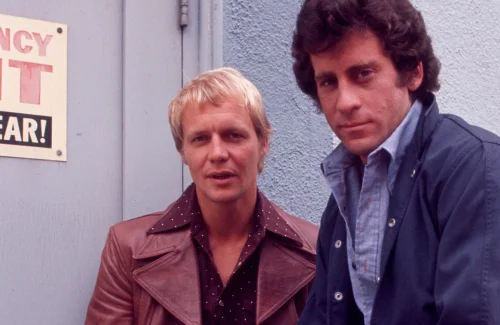
Nothing convinced us that Starsky and Hutch were genuine partners like their ability to communicate without words, exchanging complex ideas through nothing more than meaningful glances and subtle nods. In the Season 2 episode “Survival,” when the duo is investigating a nightclub, they coordinate their movements across a crowded room with such intuitive understanding that it felt like watching veterans of a real police force. Paul Michael Glaser and David Soul developed this shorthand that went beyond scripted dialogue, creating moments where their characters seemed to read each other’s minds. MeTV still remembers the series and mourned the passing of half of this memorable formual.
These wordless exchanges became most powerful during tense standoffs, where a quick eye movement from Starsky told Hutch exactly when to make his move, or when Hutch’s raised eyebrow communicated a suspect was lying. Their synchronized approach to confrontations—one going high while the other went low without any apparent coordination—created a dance-like quality to their police work that spoke of years of shared experience. This unspoken connection convinced us these men had truly put their lives in each other’s hands countless times, making their friendship feel lived-in and authentic rather than manufactured for television.
2. Kojak’s Real New York Attitude

Telly Savalas brought such genuine Big Apple energy to Lieutenant Theo Kojak that viewers often forgot he wasn’t actually policing the streets of Manhattan. The Season 3 episode “Over the Water” perfectly captured this authenticity when Kojak dresses down a smug defense attorney with such specific New York vernacular and hand gestures that it couldn’t possibly have been scripted. Savalas, a Queens native, improvised many of Kojak’s most memorable interactions, drawing on his actual experiences growing up in the city. TV Insider did some detective work to unearth facts about this iconic detective.
What made these moments particularly convincing was how the supporting cast reacted to Kojak’s outbursts—not with television-perfect responses, but with the slightly embarrassed, slightly amused expressions of colleagues who had seen this behavior countless times before. When Kojak barked orders at his team while simultaneously chewing out a perp and unwrapping a lollipop, the chaotic multitasking felt like a documentary glimpse into a real precinct rather than a staged performance. Savalas’s comfort in Kojak’s skin was so complete that many actual NYPD officers claimed he captured the essence of their workplace better than any actor before or since.
3. The Worn-Down Office on “Barney Miller”
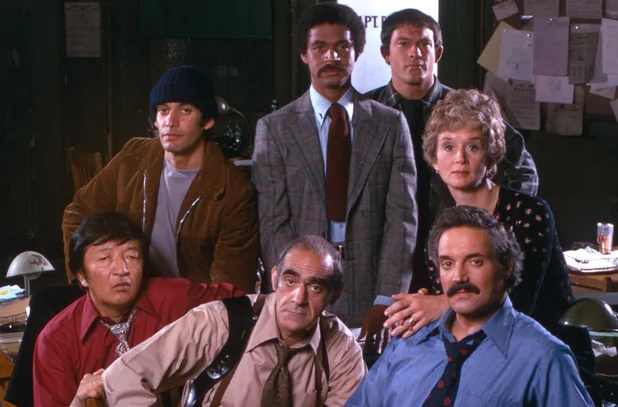
Unlike the glamorized police stations of many cop shows, the 12th Precinct on “Barney Miller” felt like a place where actual civil servants had been processing paperwork for decades. In the Season 4 episode “Quo Vadis,” when the heating system breaks during a winter cold snap, the detectives continue working in coats and gloves, their breath visible as they interview perps. The accumulated details of the squad room—the constantly broken photocopier, the chipped coffee cups, the wobbly chairs—created an environment that felt genuinely inhabited rather than designed. Remind traces what happened to the iconic cast and who is still alive.
This authenticity extended to the procedural aspects of the job, where the detectives spent more time on mundane paperwork than high-speed chases. When Detective Harris (Ron Glass) explodes in frustration after filing the wrong form and having to start over, his colleagues barely react, suggesting this is a regular occurrence in the bureaucratic nightmare of police work. The show’s willingness to portray the tedium alongside the excitement created a workplace that felt inhabited by real public employees pushing through their shifts rather than television heroes. This commitment to the unglamorous realities of police work made every moment at the 12th Precinct feel like documentary footage of civil servants just trying to get through another day.
4. The Team Tension in “S.W.A.T.”
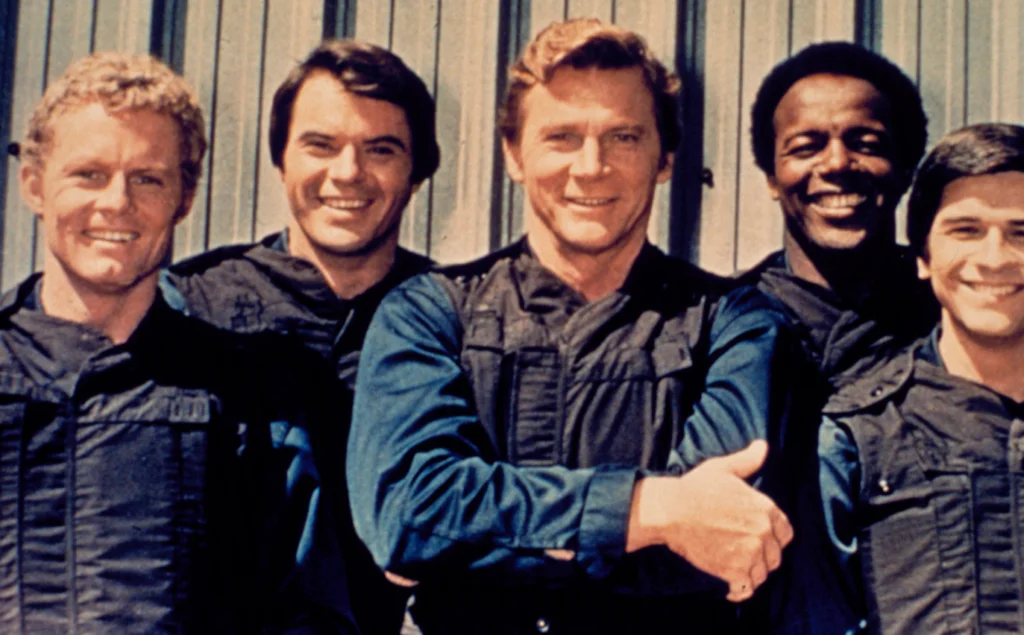
While many police shows emphasized camaraderie, “S.W.A.T.” didn’t shy away from the genuine conflicts that arise within elite teams working under extreme pressure. In the Season 1 episode “Strike Force,” when Officer Street (Robert Urich) and Lt. Harrelson (Steve Forrest) have a heated disagreement about tactical approach, their argument has the uncomfortable intensity of real workplace conflict rather than scripted drama. Neither character is portrayed as entirely right or wrong, and the tension isn’t neatly resolved by episode’s end—instead hanging in the air through subsequent scenes.
What made these conflicts feel authentic was how the other team members reacted, not taking clear sides but instead displaying the uncomfortable body language of colleagues caught between respected teammates. The show captured how real tactical units maintain professionalism despite personal differences, compartmentalizing disagreements during operations but addressing them during debriefs. When the team executes their entry despite their earlier disagreement, moving with coordinated precision while still carrying emotional baggage, viewers got a glimpse of how actual special units balance interpersonal dynamics with operational necessities—making the fictional S.W.A.T. team feel like an actual unit serving Los Angeles.
5. The Authentic Car Talk in “The Streets of San Francisco”
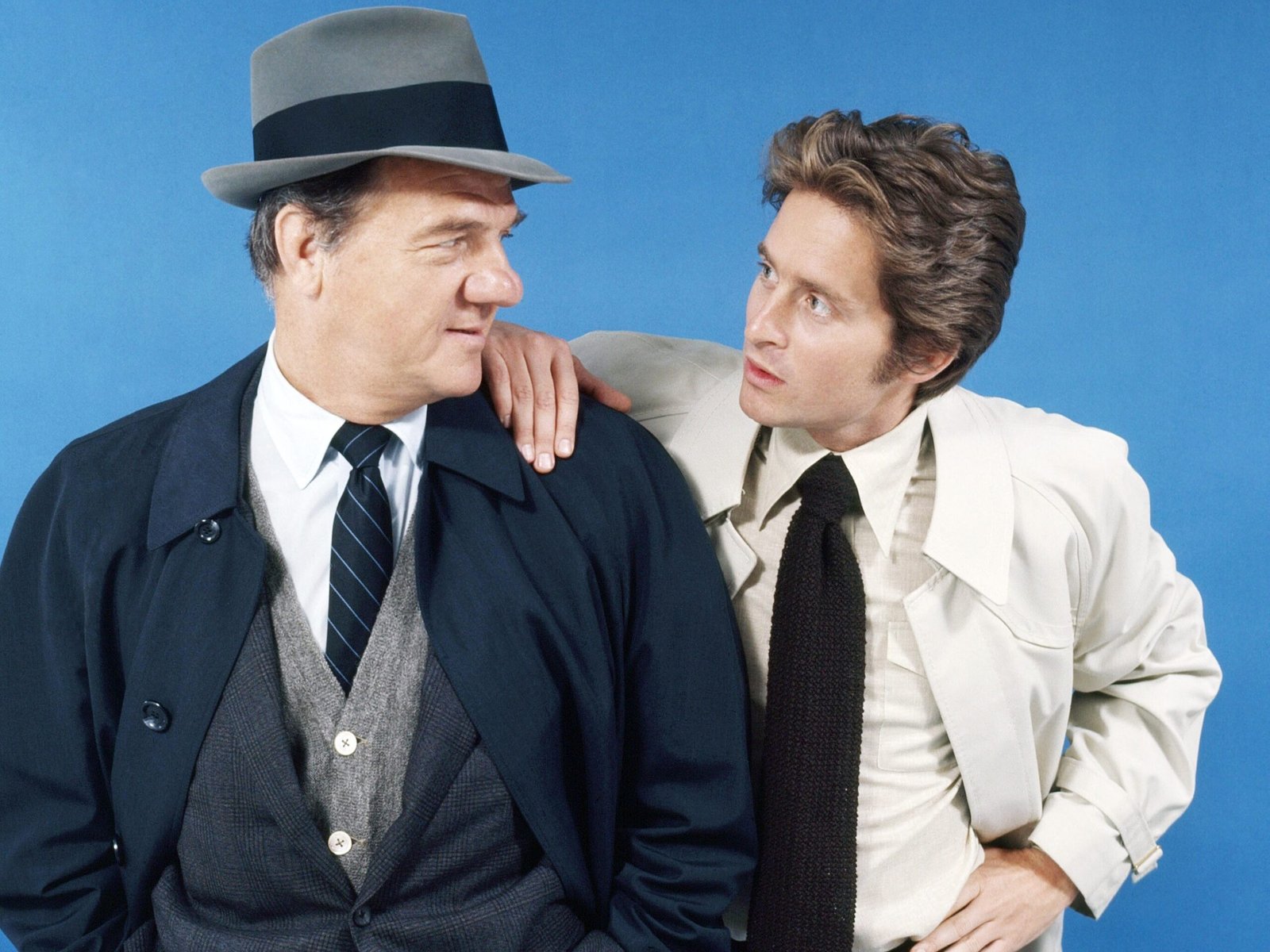
Karl Malden and Michael Douglas created some of their most believable moments as detectives Stone and Keller during their conversations while driving through San Francisco. In the Season 3 episode “River of Fear,” their discussion about a case feels so natural—with interruptions, half-finished thoughts, and reaction shots to dangerous drivers—that viewers felt like they were eavesdropping on real detectives. The camera placement inside the car created an intimate space where the characters would let down their professional guard, revealing personal details that emerged organically from their conversations.
These driving scenes captured the reality of how partners actually communicate—using their time between locations to process cases and share their lives. When Stone mentions his late wife without prompting, or Keller brings up a concern about their investigation while seemingly focused on traffic, the conversations have the meandering quality of real dialogue rather than exposition-heavy script writing. The backdrop of authentic San Francisco locations, coupled with the characters’ casual references to local landmarks and neighborhoods only locals would know, further cemented the feeling that these men were actual SFPD detectives rather than Hollywood constructs.
6. The Exhaustion on “Police Woman”
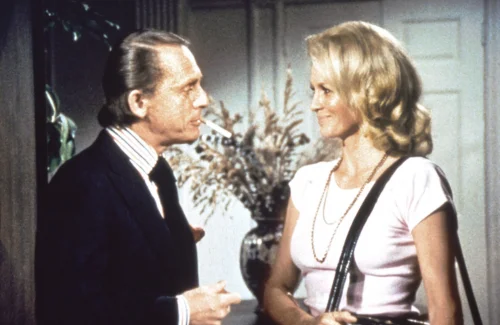
Angie Dickinson brought unprecedented realism to the physical and emotional toll of police work in her portrayal of Sergeant “Pepper” Anderson. In the Season 2 episode “The End Game,” after a 48-hour stakeout, Anderson is shown in a brief, unglorious moment removing her shoes to reveal blistered feet before downing cold coffee and returning to her desk. This unglamorous detail—not central to the plot but true to the experience—made viewers feel they were watching a documentary about women in law enforcement rather than a primetime drama.
The show’s willingness to portray Anderson’s struggle with the job’s impact on her personal life also rang true, particularly in scenes where she cancels dates or misses personal obligations due to work demands. When her colleague suggests she go home after a tough case and she responds with a hollow laugh, saying “What home? I water the plants once a week,” the line wasn’t delivered as a punchline but as a glimpse into the isolation many real officers experience. Dickinson fought for these humanizing moments that went beyond the “female cop” novelty of the show, creating a character whose professional dedication and personal sacrifices felt documentary-authentic rather than Hollywood-manufactured.
7. The Precinct Diversity on “The Rookies”
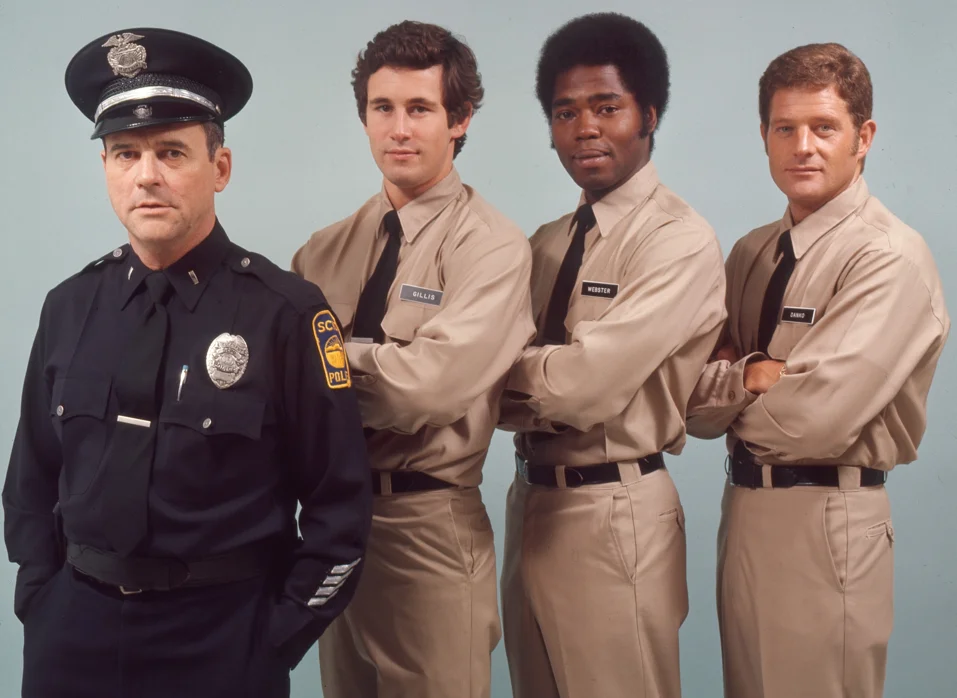
While many police shows of the era featured token diversity, “The Rookies” portrayed a genuinely integrated police force that reflected the changing composition of real departments in the 1970s. In the Season 3 episode “Cliffy,” when OfficerToken (Georg Stanford Brown) confronts discrimination within the force, his colleagues’ reactions aren’t neatly divided into “good guys” and “racists” but instead show the complicated reality of institutional change. The awkward pauses, defensive responses, and imperfect allyship from his white colleagues created a workplace dynamic that felt painfully real rather than idealized for television.
The show earned particular credibility for portraying how the rookies’ different backgrounds influenced their policing approaches without reducing characters to stereotypes. When Officer Webster (Sam Melville) and Officer Tokern compare notes on how differently witnesses respond to them based on race, their conversation has the unpolished quality of real officers navigating sensitive territory rather than actors delivering social commentary. By showing both progress and persistent problems in police integration, “The Rookies” created a precinct that felt like an actual workplace grappling with the social changes of the 1970s rather than a television fantasy of perfect harmony or simplified conflict.
8. The Technical Jargon in “Hawaii Five-O”

Jack Lord’s Steve McGarrett delivered police terminology with such confidence and specificity that viewers often forgot he wasn’t actually commanding Hawaii’s state police force. In the Season 8 episode “Murder—Eyes Only,” when McGarrett coordinates with military officials, his fluent use of both police codes and naval protocol made the crossover feel like watching actual inter-agency cooperation rather than a scripted drama. The show consulted extensively with real law enforcement to ensure accuracy in both language and procedure, creating scenes where the terminology flowed naturally rather than feeling forced for audience benefit.
What made these technical moments especially convincing was how other characters responded to McGarrett’s directives—not with exposition-friendly questions but with immediate understanding and action. When McGarrett told Danno to “put out an APB, full tactical alert” and specified jurisdictional parameters, Danno didn’t explain what those terms meant for the audience’s benefit but simply nodded and executed the order. This professional shorthand, coupled with the show’s use of actual Hawaiian locations and references to local laws and procedures, created an investigative unit that many visitors to Hawaii believed was an actual division of the state’s law enforcement rather than a television creation.
9. The Department Politics in “Police Story”
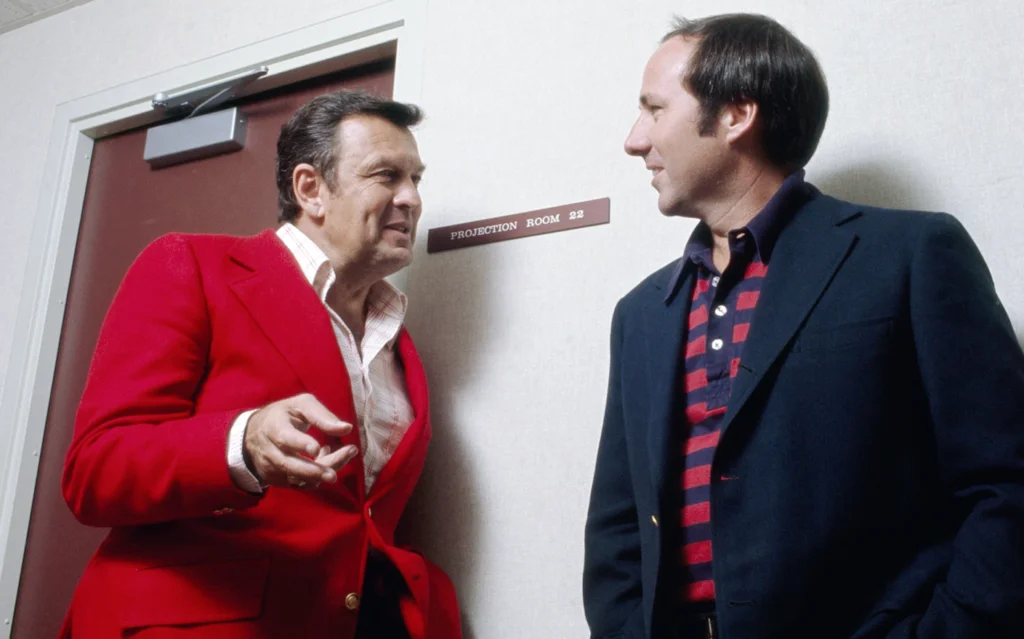
Unlike more glamorized cop shows, “Police Story” unflinchingly portrayed the bureaucratic realities and political complexities of police work. In the anthology episode “The Cutting Edge,” the realistic portrayal of a precinct captain juggling budget constraints, community relations, and internal investigations created a leadership dilemma that actual police commanders praised for its accuracy. The show’s willingness to depict the unglamorous administrative side of law enforcement—complete with budget meetings, press conferences gone wrong, and interdepartmental rivalries—provided a window into aspects of police work rarely shown on television.
These political moments felt especially authentic when showing how rank-and-file officers navigated departmental politics while trying to do their jobs. When a detective in the Season 3 episode “Face for a Shadow” is advised to “let it go” on a case that might embarrass someone with connections, his conflicted response—neither heroic defiance nor simple compliance—captured the complex ethical terrain real officers navigate. By portraying police politics as morally complicated rather than simply corrupt or righteous, “Police Story” created an institutional environment that felt researched and observed rather than invented for dramatic convenience.
10. The Genuine Grief in “Police Woman”

While many police shows of the era treated officer deaths as mere plot devices, “Police Woman” portrayed the aftermath of losing a colleague with devastating authenticity. In the Season 3 episode “Incident,” when a young officer is killed in the line of duty, the show dedicates unusual screen time to the impact on the precinct—showing not just dramatic mourning but the awkward, mundane aspects of grief in a workplace. Sergeant Anderson’s brief, unsuccessful attempt to comfort the officer’s partner, ending in helpless silence, captured the inadequacy of words in professional settings touched by tragedy.
What made these grief moments particularly convincing was their unresolved nature—the show resisted the temptation to extract neat lessons or closure from the loss. When Anderson finds herself unable to sit at the fallen officer’s former desk, walking away from it several times throughout the episode without comment, the subtle character beat wasn’t underlined or explained. This willingness to portray grief as a messy, ongoing process rather than a dramatic event followed by resolution reflected the reality of police departments, where work continues alongside mourning. The episode was so authentic that several police departments requested copies for training on emotional impact awareness.
11. The Equipment Failures in “Adam-12”
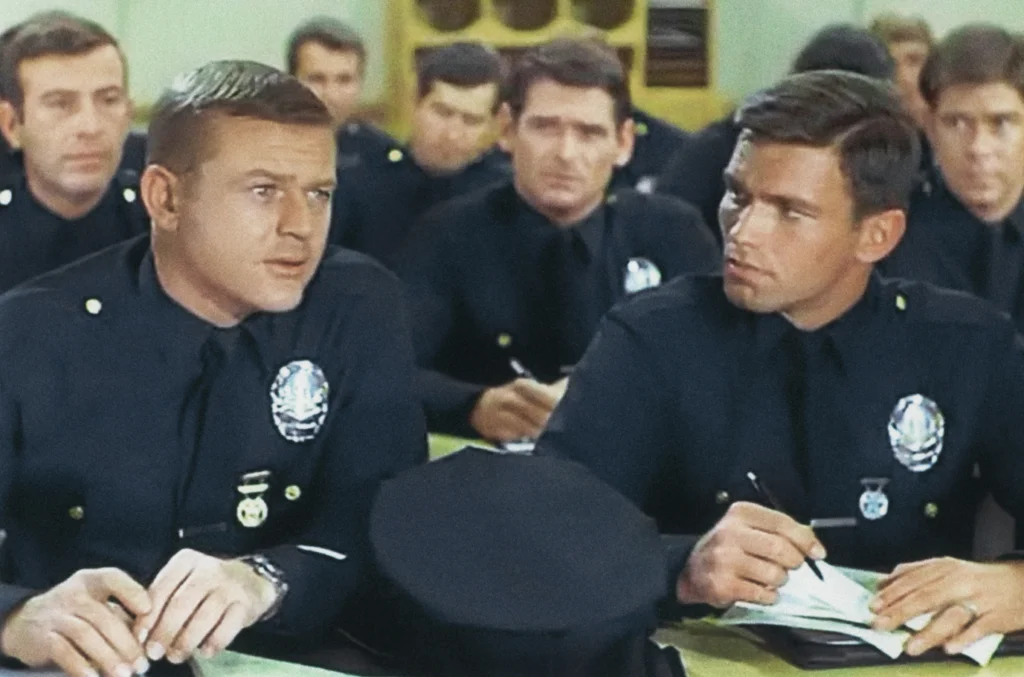
“Adam-12” gained particular credibility among actual patrol officers for its willingness to show police equipment working imperfectly rather than presenting idealized technology. In the Season 5 episode “Suspended,” when Officers Reed and Malloy struggle with a malfunctioning radio during a pursuit, their professional frustration—fixing the equipment while maintaining focus on their duties—created a moment of verisimilitude rarely seen in more glamorized portrayals. The show regularly depicted the officers dealing with sticky holsters, paperwork mix-ups, and vehicle maintenance issues that were drawn directly from ride-alongs with actual LAPD officers.
These technical glitches felt especially authentic because they weren’t central to plots but rather environmental details that officers worked around as part of their daily routine. When Reed complains about the squad car’s faulty air conditioning during a heatwave, the moment isn’t played for comedy but presented as one of many small irritations that accumulate during a shift. By showing how real police work involves constant adaptation to imperfect tools and conditions, “Adam-12” created a working environment that actual officers recognized from their own experience rather than the gleaming, always-functional equipment seen in most police dramas.
12. The Procedural Accuracy in “Columbo”
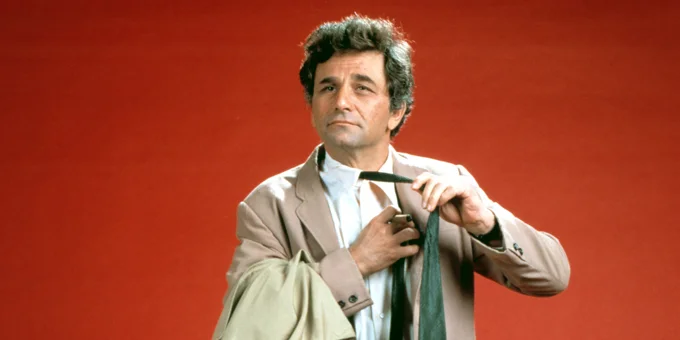
While “Columbo” featured a detective so distinctive he seemed like he could only exist in fiction, the show’s attention to investigative procedure created moments of startling authenticity. In the episode “By Dawn’s Early Light,” Columbo’s methodical evidence collection—properly bagging items, noting their positions, and maintaining chain of custody—showed a level of procedural accuracy rarely seen in detective shows of any era. Peter Falk insisted on consulting with actual homicide detectives about proper procedure, creating scenes where the unassuming lieutenant’s professional competence shone through his rumpled exterior.
What made these procedural moments particularly convincing was Columbo’s interaction with other law enforcement agencies, where jurisdictional protocols and interdepartmental courtesies were observed rather than ignored for plot convenience. When Columbo requests assistance from the forensic lab or records department, the resulting discussions about backlogs, paperwork requirements, and procedural constraints reflected the bureaucratic reality of police work rather than television convenience. By grounding its eccentric protagonist in methodically accurate police work, “Columbo” created an investigative world that actual detectives praised for capturing the painstaking reality of homicide investigations beneath its entertainment value.
These moments of authenticity—whether showing the technical aspects of police work, the emotional toll of the job, or the complex relationships within departments—elevated ’70s cop shows beyond mere entertainment. They created fictional teams that felt like they could walk off the set and onto actual streets to protect and serve. In an era before intensive police consultants and technical advisors became standard in television production, these shows managed to capture something genuine about law enforcement brotherhood and the daily realities of the job. When we watch these series today, it’s these glimpses of unscripted authenticity—more than the dated fashions or vintage cars—that still resonate, reminding us why we believed in these teams in the first place and why their influence on police dramas continues five decades later.


